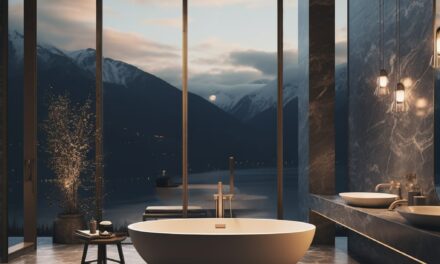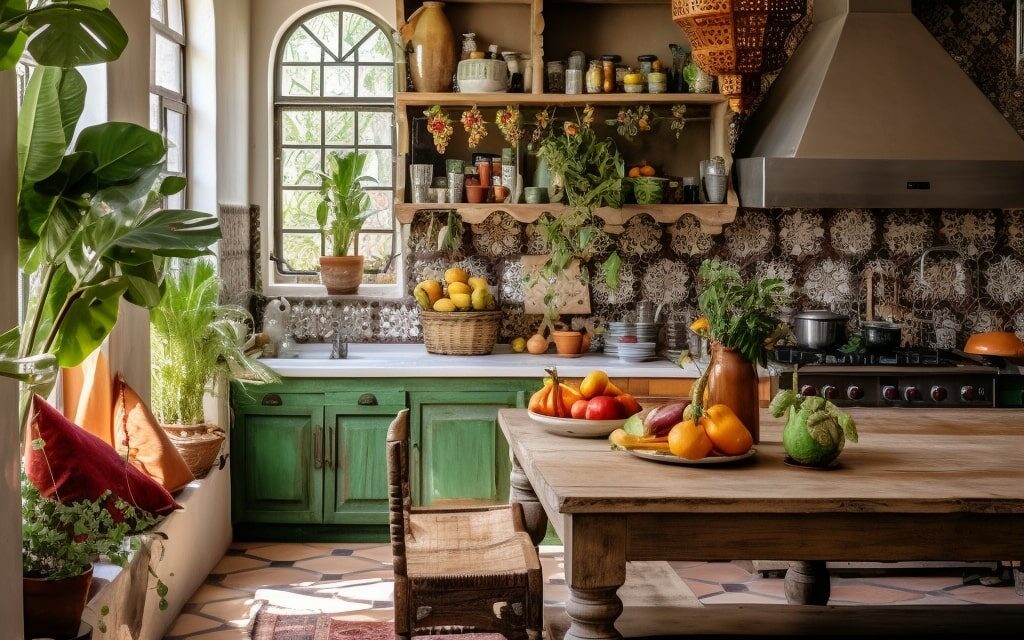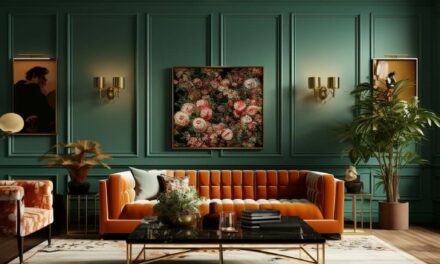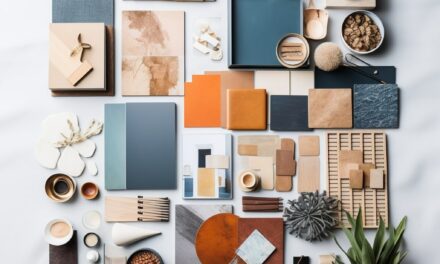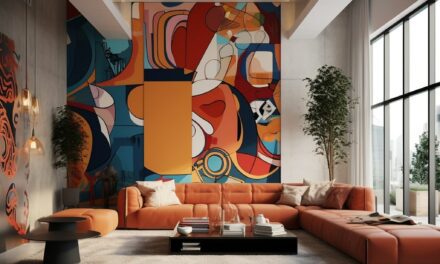Our surroundings can have a significant impact on our emotional well-being. The colors, textures, and arrangement of furniture in our homes or workplaces can all influence our moods and emotions, whether positively or negatively. This is where interior design comes in. By carefully curating our living spaces, we have the power to create an environment that promotes positive emotions and enhances our overall well-being.
In this article, we will delve into the fascinating connection between interior design and mood, exploring the psychological aspects of design, how to create a positive mood using design, and strategies for designing spaces that support emotional well-being.
Join us as we explore the impact of colors, lighting, and spatial planning on mood, how to personalize your space to enhance your mood, and the importance of nature in interior design. With our expert insights, learn how to transform your living space into a sanctuary that promotes tranquility and emotional harmony.
Read on to discover the secrets of how interior design affects mood and explore the countless possibilities of creating a living space that promotes happiness, relaxation, and emotional well-being.
Related: The importance of form in interior design.
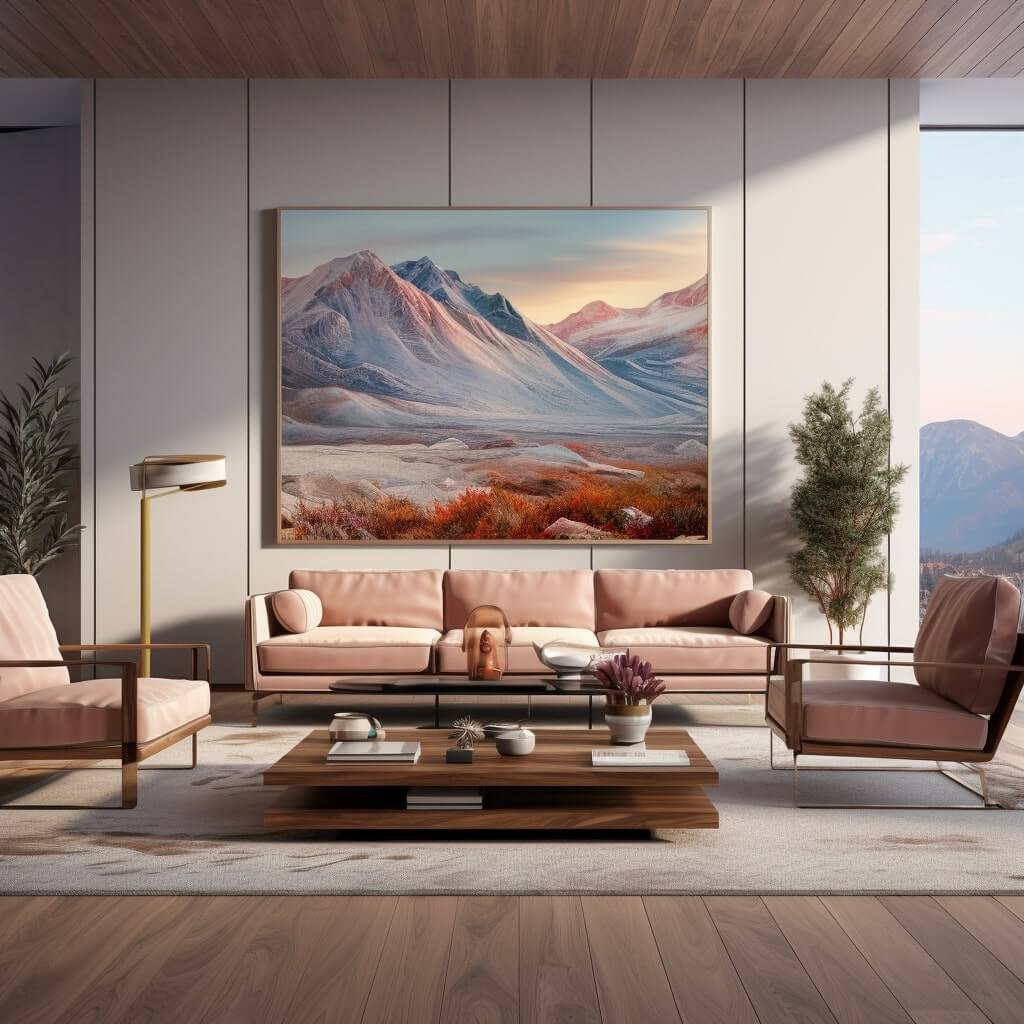
The Psychology of Interior Design
Interior design goes beyond aesthetics and functionality. It also has a profound impact on our emotions and mood. The colors, textures, and arrangement of furniture can evoke specific emotions and create a particular atmosphere.
The influence of interior design on emotions has been studied in-depth by psychologists and design experts. By understanding the psychological effects of interior design, we can create spaces that reflect our mood and enhance our well-being.
The Elements of Interior Design and Emotions
The elements of interior design that impact our emotions include color, texture, lighting, spatial arrangement, and symbolism.
Color: Colors have a significant impact on mood and emotions. For example, warm tones, such as yellow, orange, and red, create a cozy and inviting atmosphere, while cool tones, such as blue and gray, promote relaxation and calmness.
Texture: The texture of surfaces and materials can evoke different emotions. Soft and plush textures, such as velvet and fur, create a sense of comfort and relaxation, while rough textures, such as brick and concrete, create a raw and edgy atmosphere.
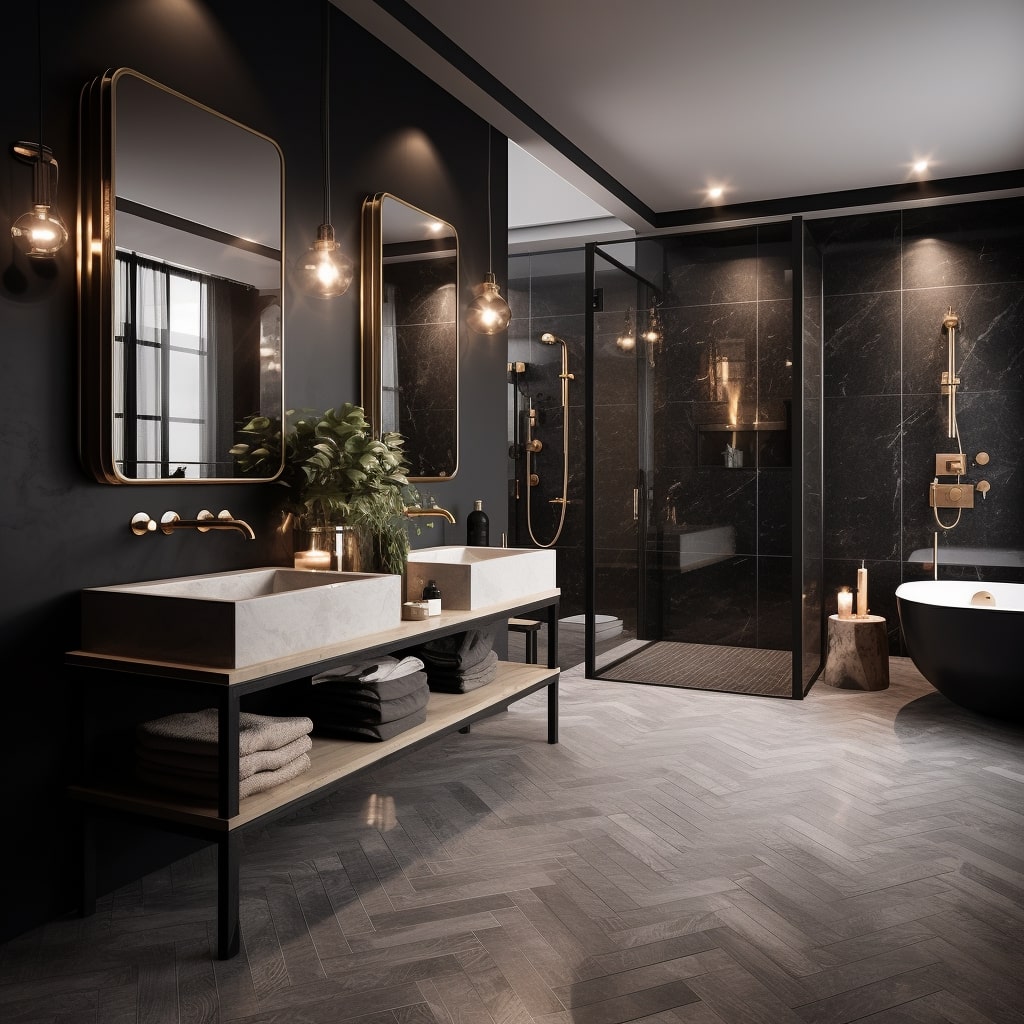

Lighting: Lighting can enhance the mood and atmosphere of a space. Bright and natural lighting promotes energy and vitality, while muted and warm lighting creates a cozy and relaxing ambiance.
Spatial Arrangement: The arrangement of furniture and the unity and flow of space can impact how we feel. Open and uncluttered spaces promote relaxation and creativity, while congested and cluttered spaces promote stress and anxiety.
Symbolism: The use of symbols and objects in interior design can express personal values and beliefs. For example, using artwork or décor with a positive meaning can contribute to a positive mood and atmosphere.
By taking into account these elements, we can design space that reflects our mood and enhances our well-being. In the following sections, we will explore different strategies and techniques to create positive moods using interior design.
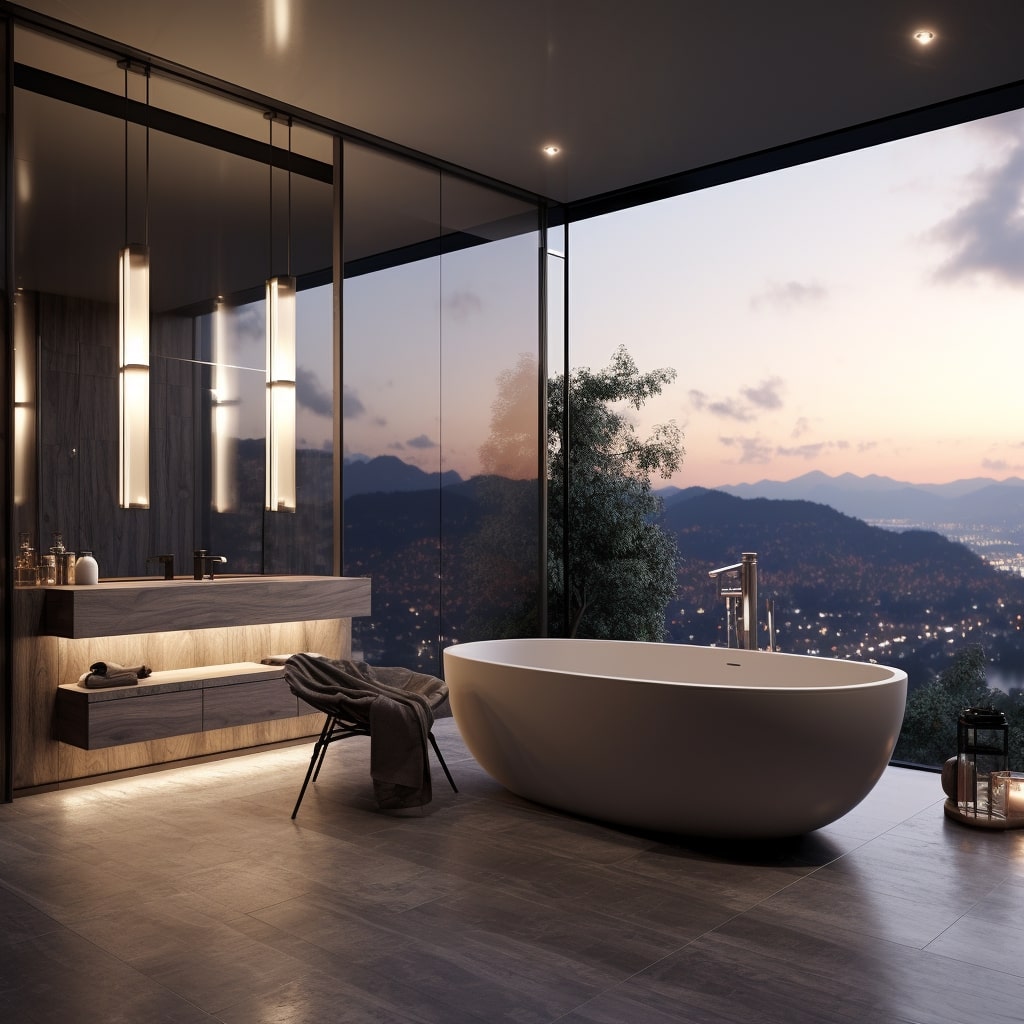

Creating a Positive Mood with Interior Design
Interior design plays a crucial role in how we feel in our surroundings. By creating a positive mood, we can use interior design to enhance our emotional well-being. Here are some strategies and techniques to create a positive mood with interior design:
1. Natural Light
Light affects our mood, and natural light is essential for a positive atmosphere. A well-lit room can enhance a positive mood by creating a sense of warmth and coziness. Consider incorporating larger windows, light curtains, and light-reflective surfaces to maximize natural light in your space.
2. Organization
Cluttered and disorganized spaces can create feelings of anxiety and stress. In contrast, organized spaces can promote a sense of calm and relaxation. Make use of storage solutions, open shelving, and minimalistic decor to achieve a tidy and organized environment.
3. Plants and Artwork
Plants and artwork can add color and character to a space. Indoor plants can improve air quality and create a connection with nature, while artwork can evoke emotions and spark joy. Consider adding plants and artwork that hold special meaning and that align with your personal preferences.
By incorporating these strategies and techniques, you can create a positive mood and enhance your emotional well-being through interior design.
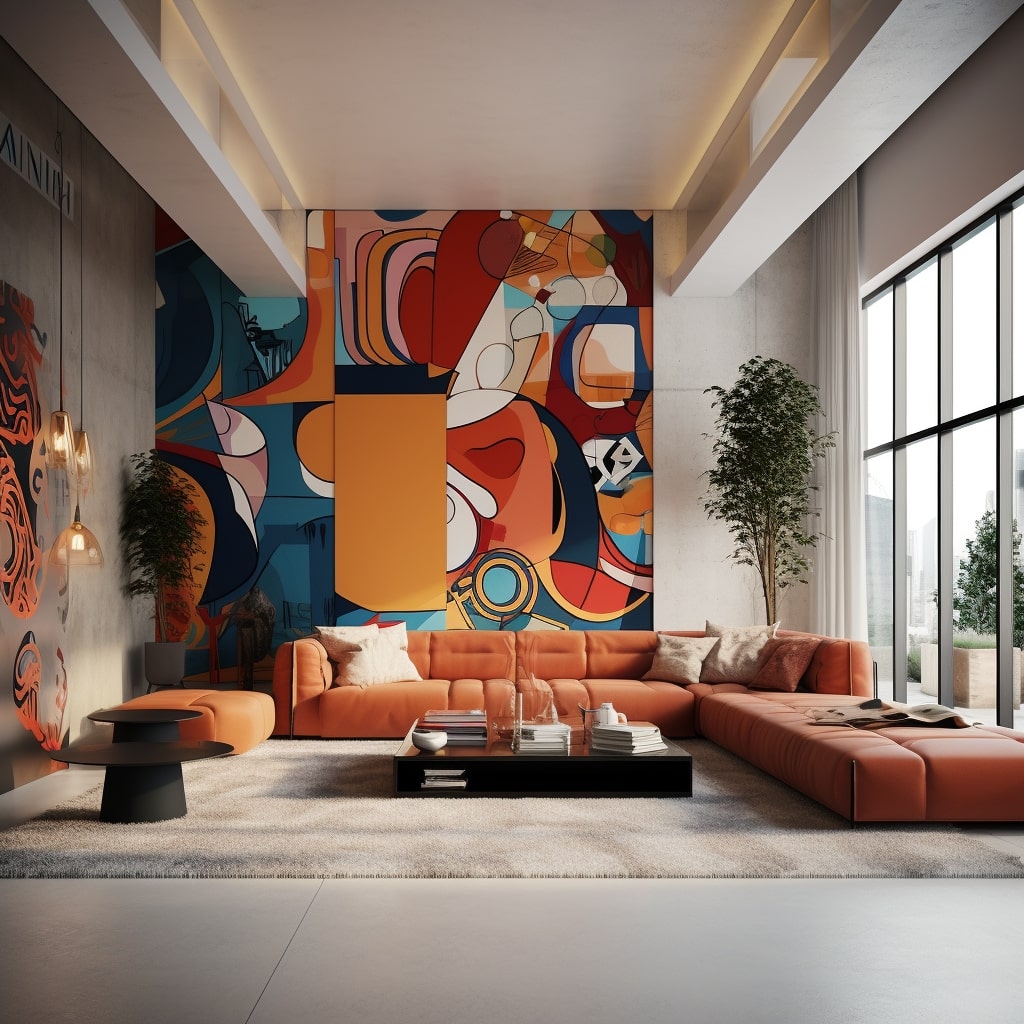

Designing for Emotional Well-being
Interior design can have a significant impact on our mental health and emotional well-being. By creating spaces that promote relaxation, stress reduction, and overall tranquility, we can design interiors that support our emotional needs.
Here are some design strategies to consider when aiming to support emotional well-being:
1. Calming Colors and Textures
The use of calming colors and textures can have a soothing effect on the mind and body, reducing stress and anxiety. Soft, muted colors and natural materials like wood and stone can create a sense of warmth and comfort, while also providing a connection to nature.
2. Comfortable Furniture
Choosing comfortable and ergonomic furniture can also support emotional well-being. Furniture that is too hard or uncomfortable can cause physical discomfort, leading to increased stress and tension. On the other hand, soft and supportive furniture can help us relax and unwind.
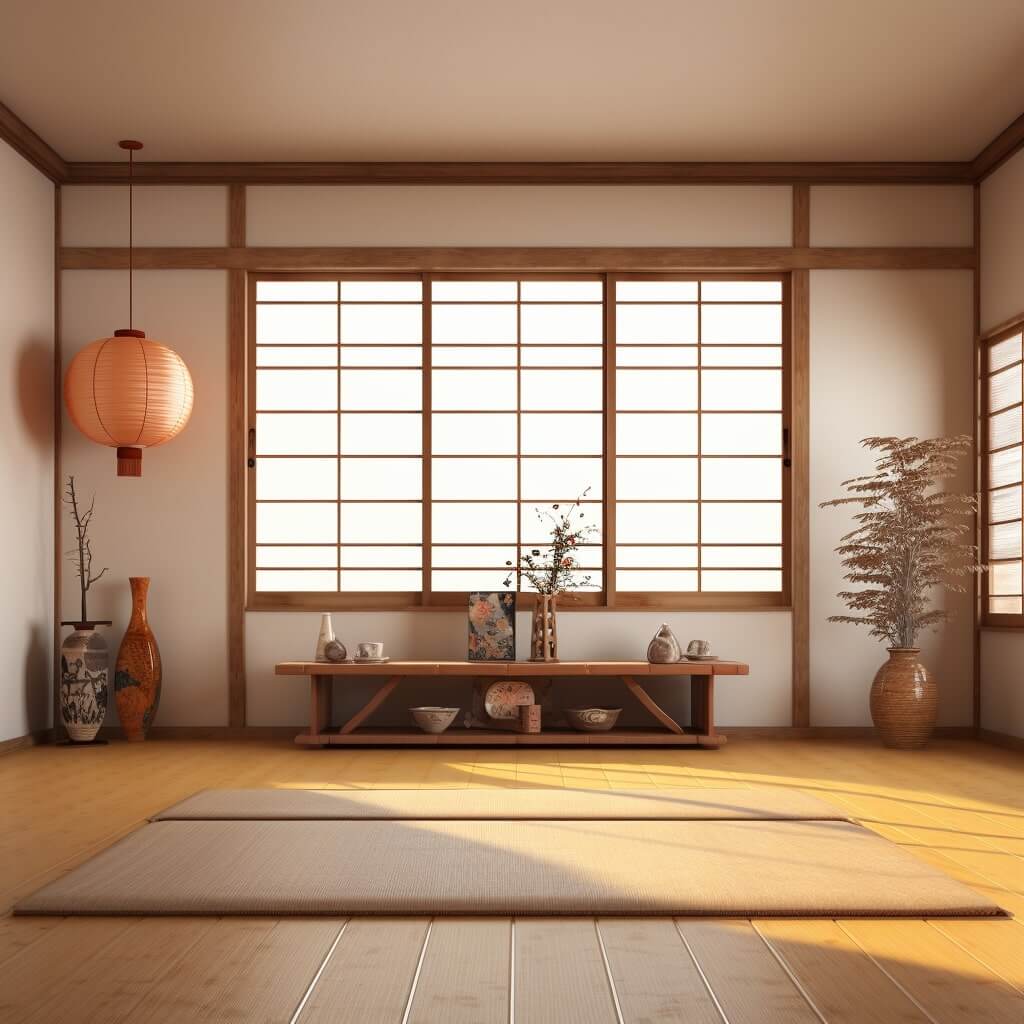

3. Natural Light
Maximizing natural light can have a positive effect on our mood and energy levels. Exposure to natural light has been shown to improve sleep, boost productivity, and reduce stress. When designing a space, consider how natural light can be incorporated, such as through the placement of windows or skylights.
4. Noise Reduction
Noise pollution can be a significant source of stress for many people. By incorporating sound-absorbing materials like carpets, curtains, and acoustic panels, we can reduce noise levels and create a more peaceful environment.
5. Personalization
Personalizing our living spaces can also enhance emotional well-being. Adding sentimental items, family photos, or favorite artwork can create a sense of belonging and comfort, providing a space to feel relaxed and at ease.
6. Relaxation Spaces
Designing spaces specifically for relaxation and stress reduction can also promote emotional well-being. Consider creating a meditation space, a reading nook, or a cozy corner for napping or lounging.
By incorporating these strategies into our interior design, we can create spaces that support emotional well-being, reducing stress and promoting relaxation.
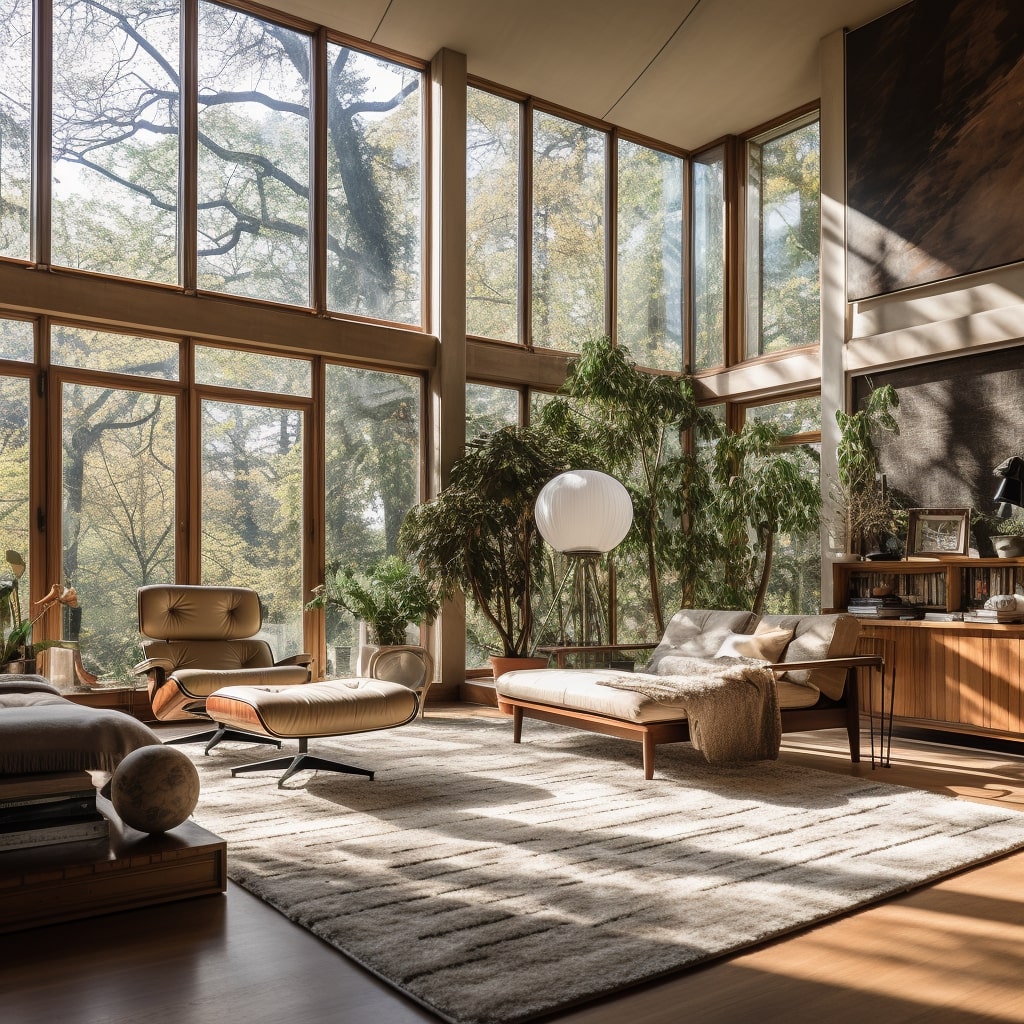

The Impact of Colors on Mood
The colors around us can have a profound effect on our mood and emotions. From calming blues to energizing reds, each color has its own unique impact. Here’s a breakdown of some common colors and their effects:
| Color | Effect |
|---|---|
| Blue | Calming and serene, promotes relaxation and tranquility |
| Yellow | Energetic and cheerful, stimulates creativity and positivity |
| Red | Stimulating and intense, promotes excitement and passion |
| Green | Refreshing and calming, promotes balance and harmony |
| Purple | Regal and luxurious, promotes creativity and spirituality |
| Orange | Warm and energetic, stimulates enthusiasm and excitement |
When designing a space, it’s important to consider the desired mood and choose colors accordingly. For a calming bedroom, opt for blues and greens. For an energizing workspace, consider incorporating yellow or orange accents.
However, keep in mind that individual preferences and cultural associations can also impact our response to color. It’s important to consider the individual and the intended use of the space when choosing a color palette.
Related: My favourite color palette of all – the Japandi color palette.
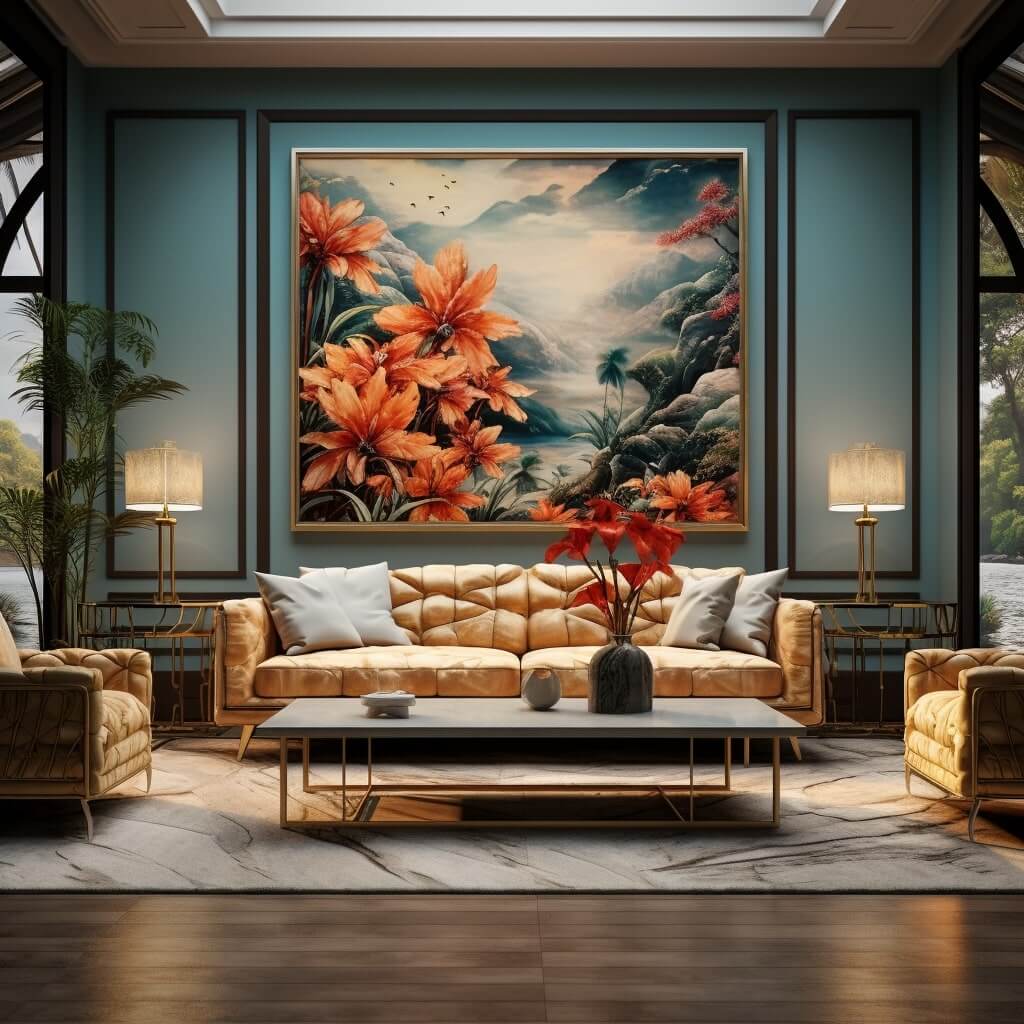

The Symbolism of Colors
In addition to their emotional effects, colors also have cultural and symbolic associations. Here are some common associations:
- Red: Passion, love, danger
- Yellow: Happiness, warmth, caution
- Green: Nature, growth, envy
- Blue: Serenity, trust, sadness
- Purple: Royalty, spirituality, luxury
- Black: Elegance, sophistication, mourning
- White: Purity, cleanliness, innocence
These associations can be particularly important in branding and marketing, where color can influence consumer behavior and perception.
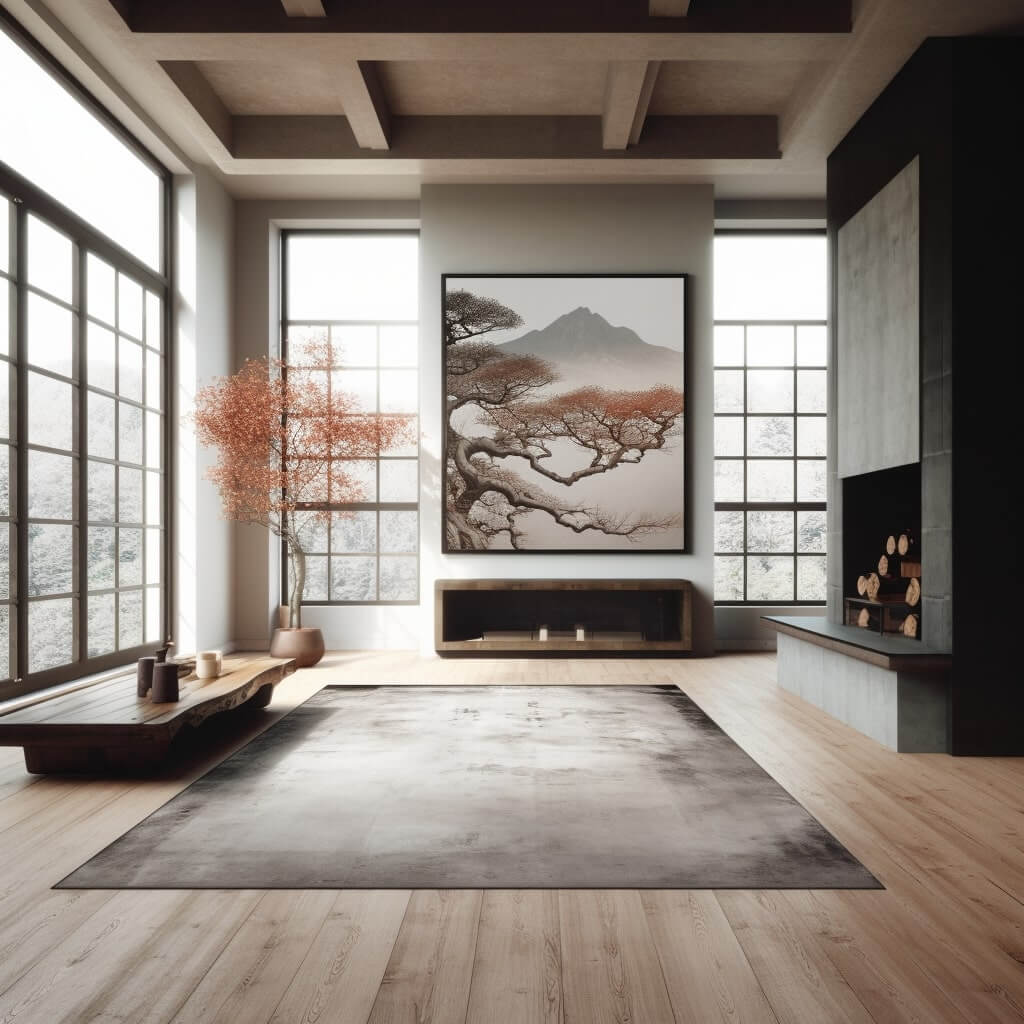

The Power of Lighting Design
Lighting can have a significant impact on our mood and emotional well-being. The right lighting design can create a warm and inviting atmosphere, while poor lighting can make a space feel cold and uninviting. When it comes to creating a positive mood with interior design, lighting is an essential element that should not be overlooked.
The Importance of Natural Light
Natural light is an excellent way to enhance the mood in any space. Exposure to natural light has been shown to improve mood and increase productivity while reducing stress levels. When designing a space, it is essential to consider the placement of windows and how natural light will enter the room. For instance, placing a seating area near a large window can create a relaxing and inviting space.
Types of Lighting
When it comes to lighting design, there are several types to consider. Ambient lighting, task lighting, and accent lighting are all essential elements that can contribute to creating a positive mood. Ambient lighting provides overall illumination of a space, while task lighting is focused lighting for specific tasks such as reading. Accent lighting is used to highlight specific features of a room, such as artwork or architectural details.
Related: The difference between an interior designer and an interior architect.
Creating Ambience with Lighting
Ambience is all about creating a mood and atmosphere that makes a space feel inviting and comfortable. One way to create ambience with lighting is to use dimmer switches. This allows you to adjust the lighting levels to suit the mood and activity in the space. Additionally, using warm-colored bulbs can create a cozy and inviting atmosphere.
When designing a space, it’s crucial to consider the impact of lighting on our mood and emotions. By using natural light, selecting the right type of lighting, and creating the right ambience, you can create a space that promotes a positive mood and enhances our overall well-being.
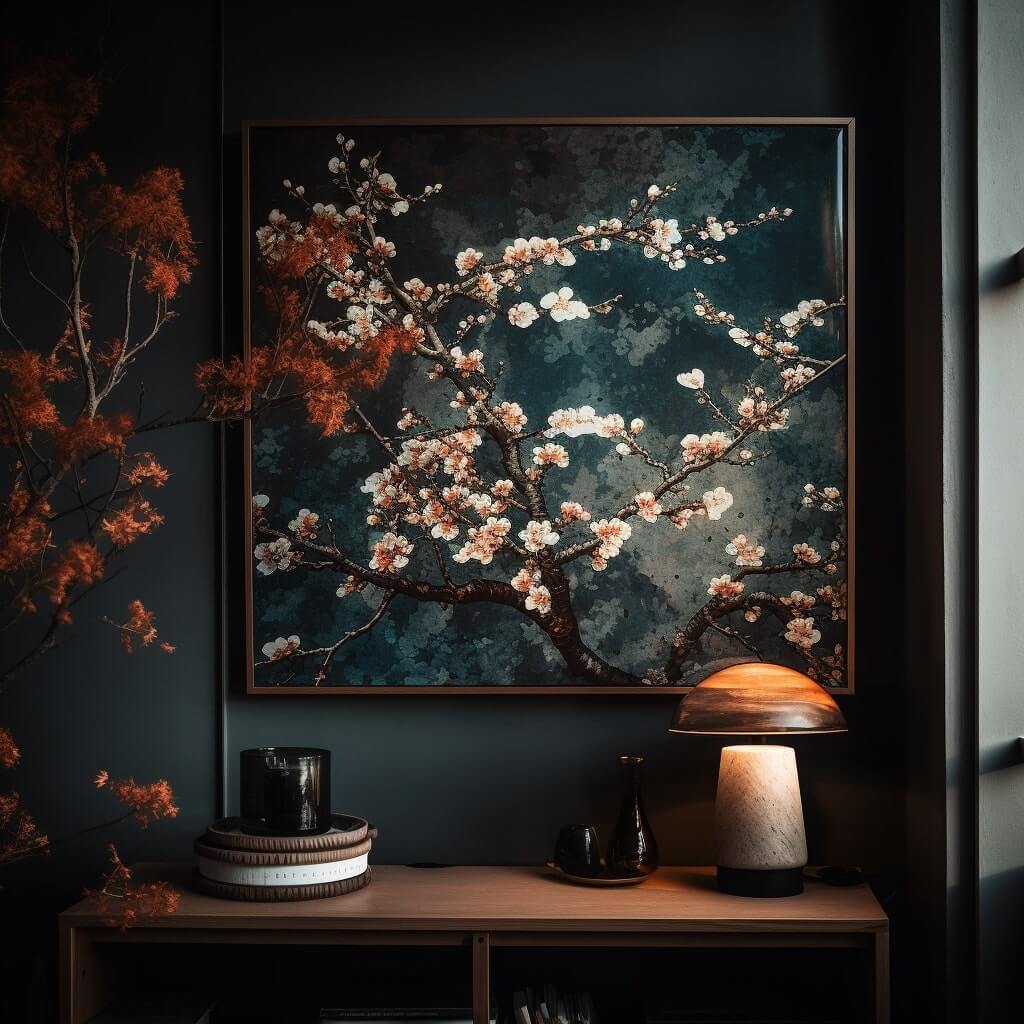

Spatial Planning and Mood
The arrangement and flow of spaces in our homes and workplaces can have a significant impact on our mood and emotional well-being. By optimizing space and creating designated areas for different activities, we can create a more harmonious and calming environment.
Open floor plans have become increasingly popular in recent years, as they promote social interaction and easy movement between spaces. However, it’s important to create defined areas within the open space, so that different activities can take place without interrupting each other.
Incorporating areas for relaxation, such as a comfortable reading nook or meditation corner, can also contribute to a sense of calm and tranquility in the home. Additionally, designing spaces for social interaction, such as a cozy dining area or comfortable seating arrangement, can promote feelings of connection and positivity.
When planning the layout of a space, consider the traffic flow and how people will move through the area. Creating a logical and effortless flow can reduce stress and promote a more relaxed atmosphere.
Personalizing Your Space
While there are general guidelines on how interior design affects mood, it is important to keep in mind that everyone is different and has unique preferences. Personalization is key in creating a space that truly promotes a positive mood.
Tip 1: Incorporate sentimental items. Whether it’s a cherished family heirloom or a special trinket from your travels, incorporating sentimental items into your living space can evoke positive emotions and create a sense of connection to the space.
Tip 2: Choose meaningful decor. Decor that resonates with you, such as inspirational quotes or photographs of loved ones, can have a positive impact on mood and emotional well-being.
Tip 3: Add a personal touch to furniture. Customizing furniture with unique patterns or colors can add a personal touch to your space that feels authentic and meaningful to you.
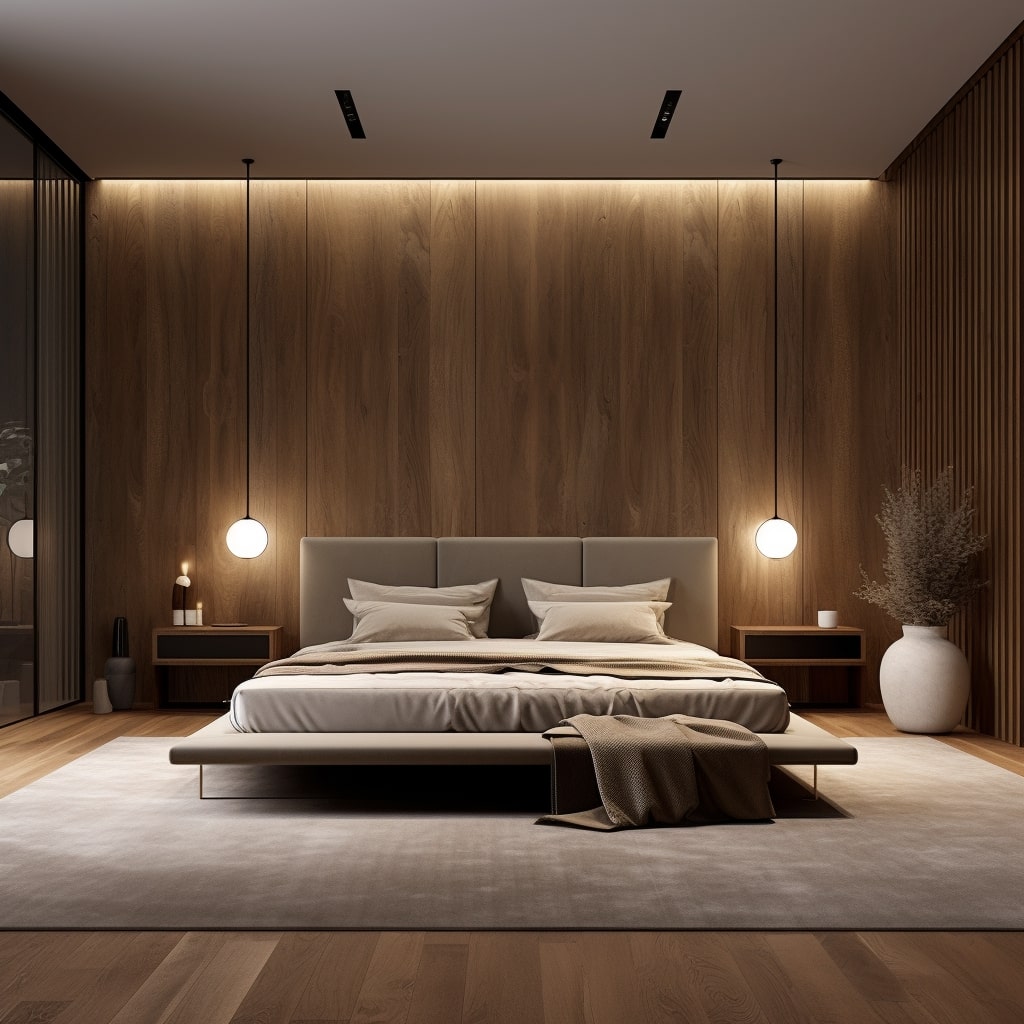

The Connection Between Nature and Well-being
Bringing nature into your living space can have a profound impact on your mood and emotional well-being. Biophilic design principles, which focus on incorporating natural elements into interior design, have gained popularity in recent years for their positive effects.
| Benefits of Biophilic Design | Examples of Natural Elements in Interior Design |
|---|---|
|
|
By incorporating these elements into your living space, you can create a connection with nature that promotes calmness and relaxation. Indoor plants, for example, not only provide aesthetic appeal but also improve air quality and reduce stress levels. Natural light is another important aspect, as it has been linked to improved mood and energy levels.
Choosing Natural Materials
When selecting natural materials for your interior design, consider the texture, color, and durability of each element. Wooden accents, for example, can add warmth and texture to a room. Natural fabrics, such as linen or wool, can provide both comfort and aesthetic appeal. Choose materials that complement each other and create a cohesive design.
Related: Japandi design is one style that embraces natural materials.
Creating Indoor-Outdoor Connections
Another way to enhance the connection between nature and your living space is by creating seamless transitions between indoor and outdoor areas. This can be achieved through large windows, sliding doors, or outdoor living spaces that blend into the surrounding environment.
Overall, incorporating natural elements into your interior design can have a significant impact on your well-being. By bringing the outdoors in, you can create a space that promotes relaxation, reduces stress, and enhances your mood.
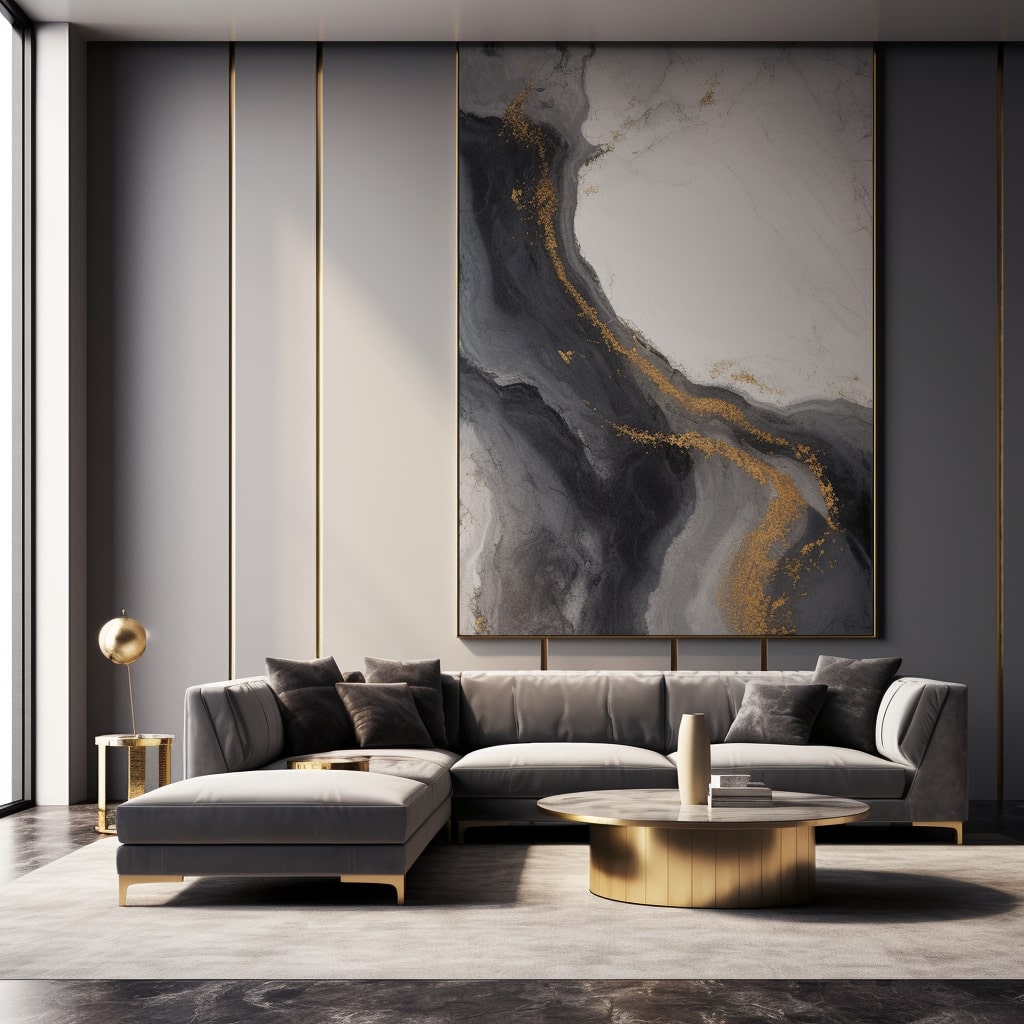

FAQ on How Interior Design Affects Mood
Q: Can interior design really affect my mood?
A: Yes, your surroundings can have a significant impact on your emotional well-being. Studies have shown that well-designed spaces can lower stress levels, increase productivity, and promote relaxation.
Q: What colors should I use to create a certain mood?
A: Different colors can evoke different emotions. For example, blue is calming and can promote relaxation, while yellow is energizing and can increase happiness. Consider your desired mood and select colors accordingly.
Q: Can lighting really make a difference?
A: Yes, lighting can have a significant impact on mood. Natural light is best, as it promotes energy and alertness, but you can also use artificial lighting to create ambiance and promote relaxation.
Q: How can I personalize my space without cluttering it?
A: Incorporate meaningful items, such as family photos or souvenirs, in a tasteful manner. Consider creating a gallery wall or using a shelf to display items rather than scattering them throughout the room.
Q: How can I incorporate nature into my space?
A: You can use plants, natural materials, and colors inspired by nature. Consider adding a living wall or a terrarium to bring the outdoors in. Biophilic design principles can also be incorporated to create a connection with nature.
Q: Will interior design always improve my mood?
A: While well-designed spaces can have a positive impact on mood, it is important to remember that each person’s preferences and needs are unique. Experiment with different design elements to find what works best for you.


